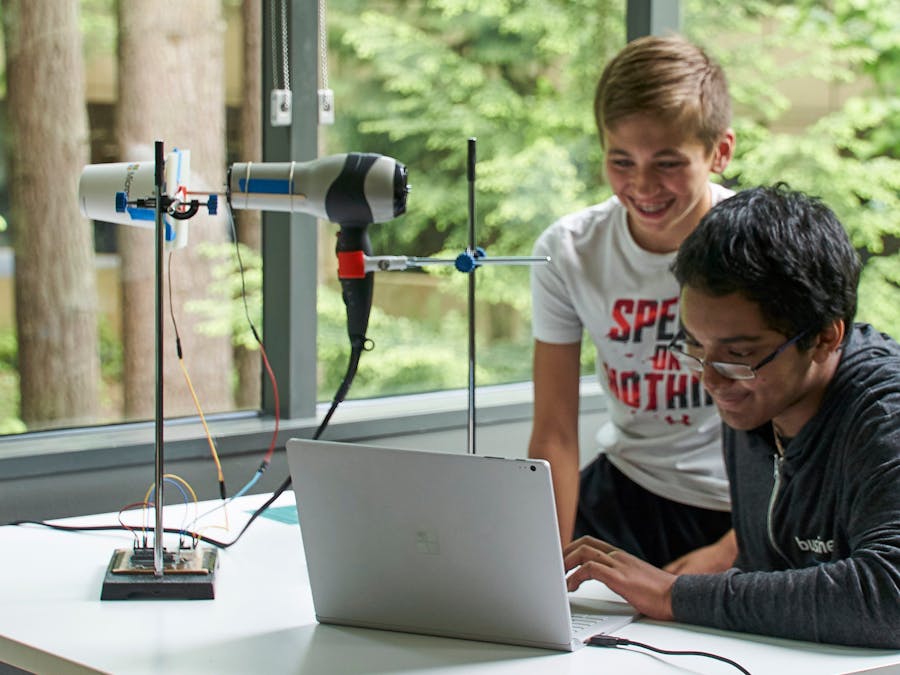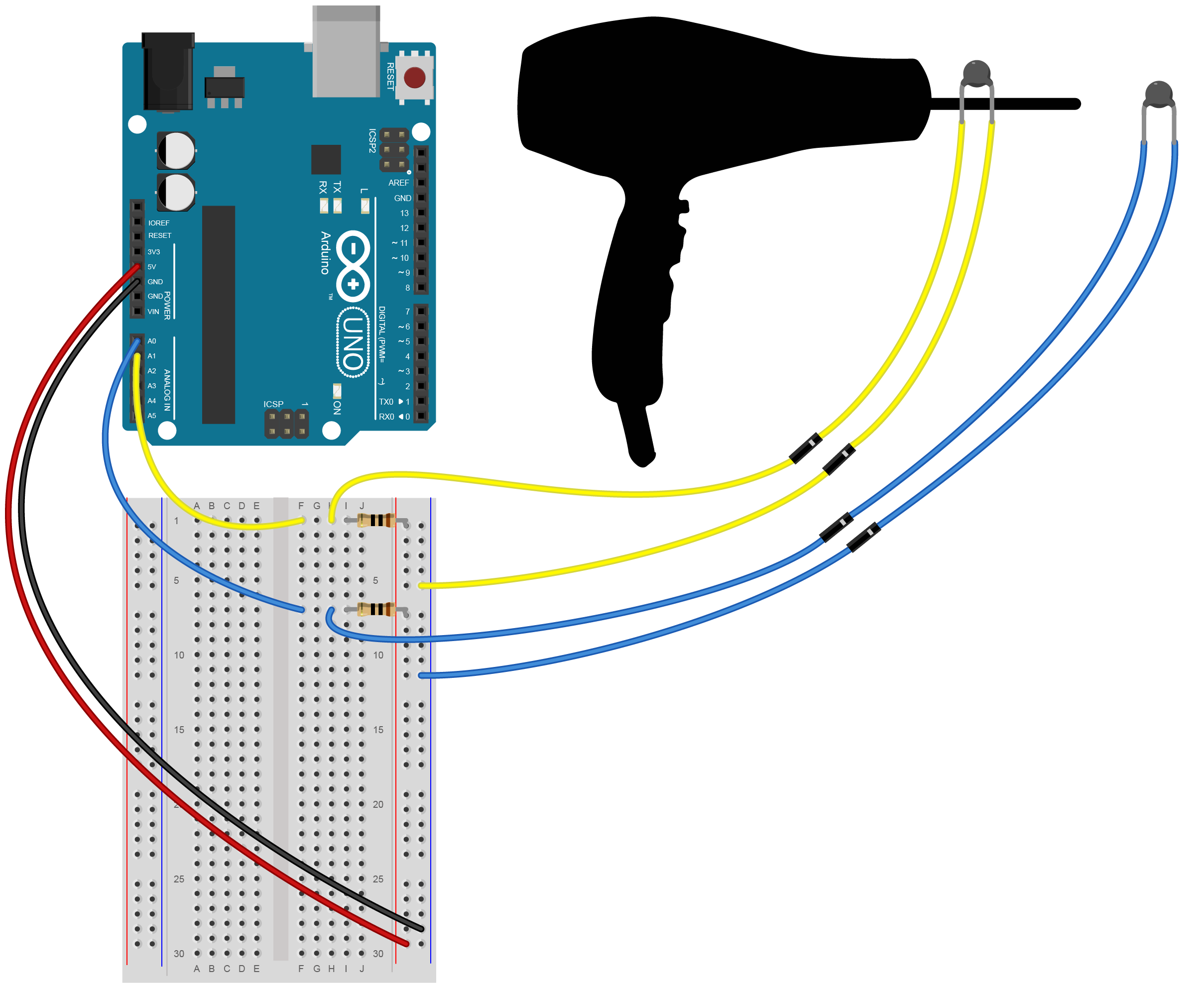Crew and cargo returning from the International Space Station need to be protected from the immense heat that is generated during capsule descent back to Earth.
This materials science and engineering project begins by exploring the properties of different materials with a thermistor and a hair dryer (if you're feeling adventurous you can use a different heat source). Run heating trials to gather heat resistance data for different materials, then input your data into an Excel model to simulate how well your capsule is protected during its descent. Use your findings to determine what material(s) work best at mitigating heat and will keep your lil' astronauts* alive! http://aka.ms/heatshield
Lesson and project materials developed in partnership with the NASA STEM on Station team.
Excel workbook with capsule simulation:https://aka.ms/heatshield-workbook
*We support placing paper and/or mini-figurine astronauts inside your capsule cup, although we cannot guarantee that they will come out intact!
Build a Heat Shield and Explore Materials!In the Excel worksheet, the Compare Materials sections allows you to see material properties, including heat capacity, density, and melting point. Use this data to make an informed decision about what materials to test for your simulated space capsule.
The thermistor inside the capsule represents the temperature inside the capsule, while the thermistor next to the hair dryer tracks the external temperature.
That's it! You're ready to test the material! Follow the instructions in the Excel workbook to run heating trials and input the data to compare different materials.
Full build instructions: https://aka.ms/heatshield-instructions/en-us
For educators, you can also get a (free) complete middle-school NGSS and ISTE standards-based curriculum: https://preview.education.microsoft.com/hackingStem/lesson/48fbrbb5
Questions? Comments? Project ideas or just want to share your findings and creations?? Awesome! Please reach out to us on your favorite social media channel (Microsoft HackingSTEM team) or submit questions/feedback at: https://aka.ms/hackingSTEM
Happy making!





_ztBMuBhMHo.jpg?auto=compress%2Cformat&w=48&h=48&fit=fill&bg=ffffff)















Comments